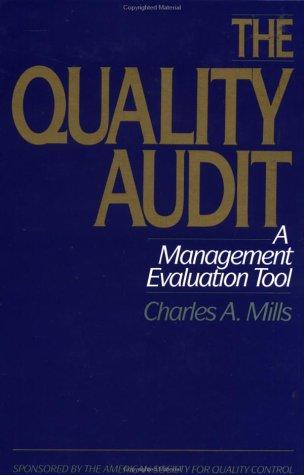Question
Wait a second. I'll try to explain it another way. If we consider all of Florida's graduating high school seniors as our market, then our
Wait a second. I'll try to explain it another way. If we consider all of Florida's graduating high school seniors as our market, then our market is about 100,000 students. Given we're a small, religious, four-year, college, in a rural area, I figure our target market is about 10 percent of that.
Sue, what about the other 90 percent?, he replied with astonishment.
They're looking for other things, for example, more activities on campus, more students, an urban area, closer to home, Sue replied.
Not really believing, he tried another approach, Yeah, but 90 percent of the market is just too big to ignore.
Let me try to explain this another way, Sue said, hoping another approach would prove fruitful. But Russell would not allow it.
Wait, before you answer. My confusion is this: Why can't we change peoples' minds? I mean, marketing is telling them what they need. Maybe they are unsure what they want, so the Admissions Department shows them what is best for them. Many, nowadays, are first-generation college students.
Finally, Sue thought, something we can agree on. If they are unsure about college in general, yes, we can educate them about it. Or if their opinions are not strong, we can help to change them. That takes time. Some of them we will see at the open house, but if each of these students requires two hours of contact, in person or on the phone, and we have only 10 counselors. That is time-consuming and expensive. Until artificial intelligence holds conversations, it is labor-intensive. Just to send a brochure costs about two dollars in time and material. We should focus on those students who potentially want a small, religious college, in a rural area, which is about 10,000 students. I see a bigger problem: We can't make someone want something they don't need. If we do, they'll be unhappy. That means they'll transfer.
Russell saw that as an unlikely event. You underestimate the college's ability to satisfy students. Granted, we can create some high expectations, but give us a chance. We can overcome that. I guarantee it. Ninety percent of the market is counting on that. Our future is riding on it.
Sensing acquiescence was impossible, Sue made matters worse. You're not going to like this either. I think we can only get about 10 percent of the 10 percent, which is about 1 percent of the total market. Here is a diagram, Sue said while drawing.
Now that I think about it, we should focus on the 1,000 since we only need 1,000 new students per semester and ignore the 10,000, Sue said as an almost eureka moment. It is much cheaper than focusing on 100,000 students or 10,000 students, so we reduce promotion costs. Plus, it allows us to spend more time and energy promoting to them. Money left over can be used to improve services for current students.
Russell did not hide his frustration. Yeah, it'll save money, it'll save us into bankruptcy!
What do you think? Explain. Note: Do not include transfer students or out-of-state students in your answer.
Step by Step Solution
There are 3 Steps involved in it
Step: 1

Get Instant Access to Expert-Tailored Solutions
See step-by-step solutions with expert insights and AI powered tools for academic success
Step: 2

Step: 3

Ace Your Homework with AI
Get the answers you need in no time with our AI-driven, step-by-step assistance
Get Started


